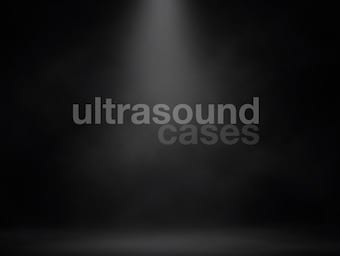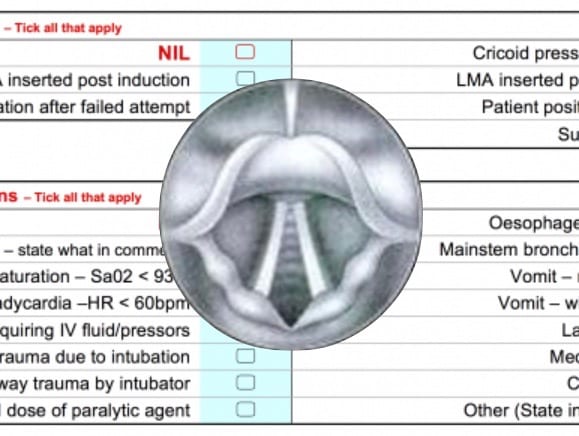
Adverse effects of Endotracheal Intubation
Adverse effects of Endotracheal Intubation. Can be classified anatomically or into immediate, short and long term complications.

Adverse effects of Endotracheal Intubation. Can be classified anatomically or into immediate, short and long term complications.

Stridor = sound on inspiration associated with airway narrowing; stridor at rest implies a reduction in airway diameter of >50%

Rapid sequence intubation (RSI) is an airway management technique that produces inducing immediate unresponsiveness (induction agent) and muscular relaxation (neuromuscular blocking agent) and is the fastest and most effective means of controlling the emergency airway

Endotracheal tube (ETT) cuff leaks vary from trivial problems to life-threatening emergencies. Detectable air leaks affect up to 11% of ICU patients

The paediatric airway differs from that of adults in terms of anatomy, and there are important management implications

Potentially difficult intubation of man with a receding chin and unusual jaw anatomy. You decide to watch the intubation with ultrasound.

How often does a junior medical officer (or in-fact one of your senior colleagues) in your ED have four attempts at intubating a patient before he, or she, finally succeeds?

Research and Reviews (R&R) in the FastLane: experts worldwide tell us what they think is worth reading from emergency medicine and critical care literature

Research and Reviews (R&R) in the FastLane: experts worldwide tell us what they think is worth reading from emergency medicine and critical care literature

Research and Reviews (R&R) in the FastLane: experts worldwide tell us what they think is worth reading from emergency medicine and critical care literature

Research and Reviews (R&R) in the FastLane: experts worldwide tell us what they think is worth reading from emergency medicine and critical care literature

Research and Reviews (R&R) in the FastLane: experts worldwide tell us what they think is worth reading from emergency medicine and critical